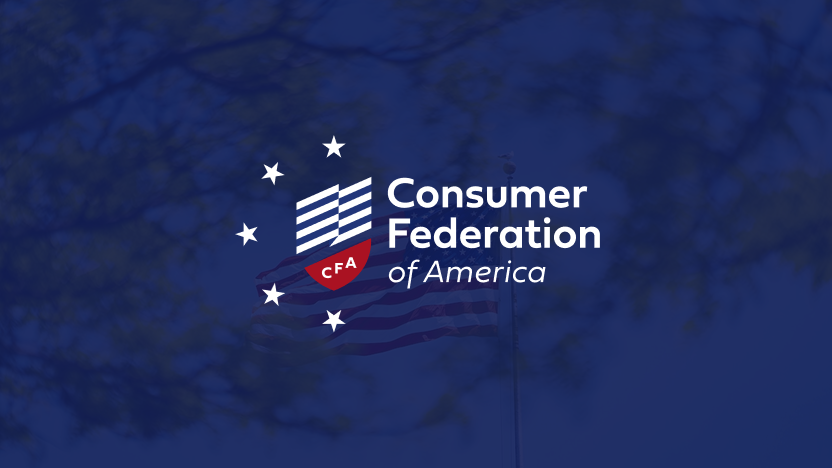Pocketbook Savings, Macroeconomic Growth and Other Public Benefits of Energy Efficiency Appliance Standards

The combination of past, present, and future standards covers a period of almost half a century (1988-2030) of energy efficiency standards, launched by the rude awakening of the oil price shocks of the 1970s. The evidence that these standards are good for consumers, the economy, and the environment is clear and consistent across all the analyses. All the analyses suggest that the pocketbook savings are likely to be in the range of 3- or 4-to-1. The cost of saved energy is generally one-third of the cost of consuming energy. Indirect economic impacts have a benefit-cost ratio of 2-to-1. Externalities would add another digit to the benefit cost ratio.
Economic theory provides a clear explanation for this large benefit-cost ratio in the combination of significant, persistent market imperfections that are addressed by well-crafted, “command-but-not-control,” performance standards. We believe the strong public and bipartisan support for these programs reflects their positive economics, which should also inform policymakers and regulatory agencies in their regulatory “reform” endeavors. Reductions of regulatory burdens that do not increase net benefits should be rejected.
Download PDF
Our Subject Matter Experts

Courtney Griffin
Director of Consumer Product Safety

Mark Cooper
Senior Fellow
Testimonies & Comments

Consumer Groups Oppose Addition of Segway Language Until Hearing on Safety Issues

CFA Opposes McConnell Medical Malpractice Amendment

Letter to President Bush on HHS Study of Medical Malpractice Insurance Rates
